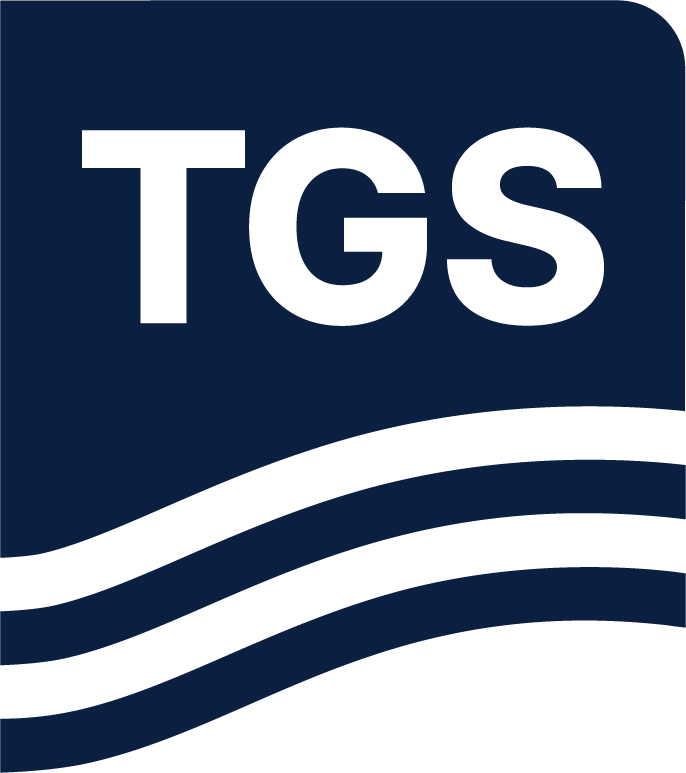In this First Break article from May 2024, TGS expert Avril Burrell presents the influence of transform tectonics during the development of the Côte d’Ivoire and Tano basins and discusses the underexplored potential in the deepwater area.
Introduction
The Côte d’Ivoire and Tano basins form a prolific hydrocarbon-producing province with several large, high-profile discoveries made in recent decades including the discovery of the Jubilee (Kosmos, 2007) and TEN (Tullow, 2009) fields in Ghana, and the play-opening discovery and subsequent expansion of the Baleine structure (Eni, 2021/2022) offshore Côte d’Ivoire. The basins are located within the Gulf of Guinea transform margin and bounded by two transform fracture zones: the Saint Paul’s Fracture Zone to the north west and the Romanche Fracture Zone in the south east. The area formed during the opening of the Atlantic and this comparatively structurally quiescent location between two fracture zones has led to the consistent spatial-temporal deposition of marine clastic sediments. Using regionally extensive 3D seismic data, observations can be made on the influence transform tectonic development has had on the structural architecture of the basin and the inherent implications for prospectivity. Through these insights, remaining underexplored potential in the deep water can be highlighted drawing on analogues from the southern Atlantic.

Figure 1 - Map showing the PGS multi-client data library in the Gulf of Guinea used in this work, with key discoveries mentioned in the text indicated.
Read the full article here.

